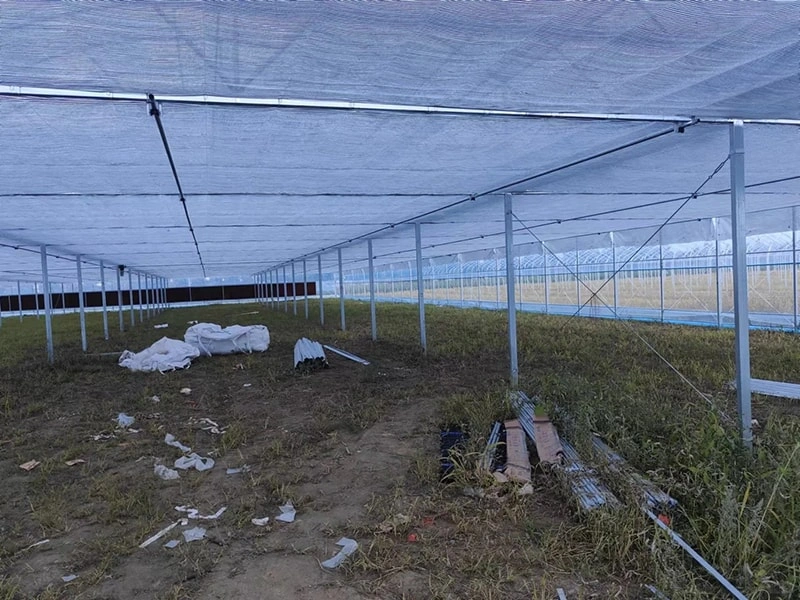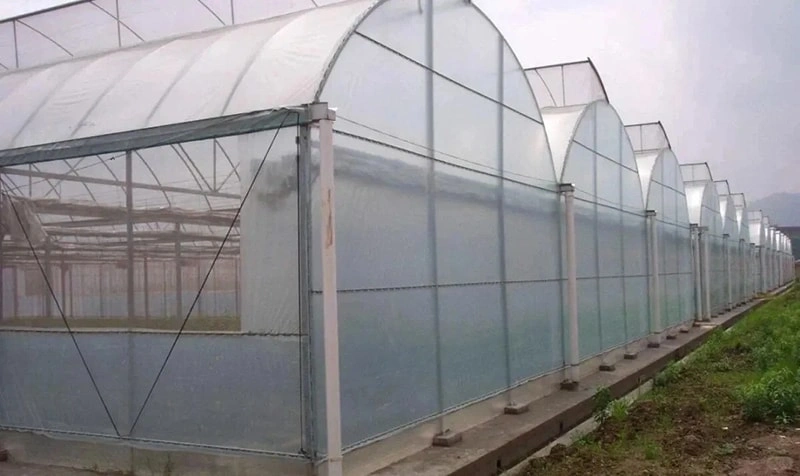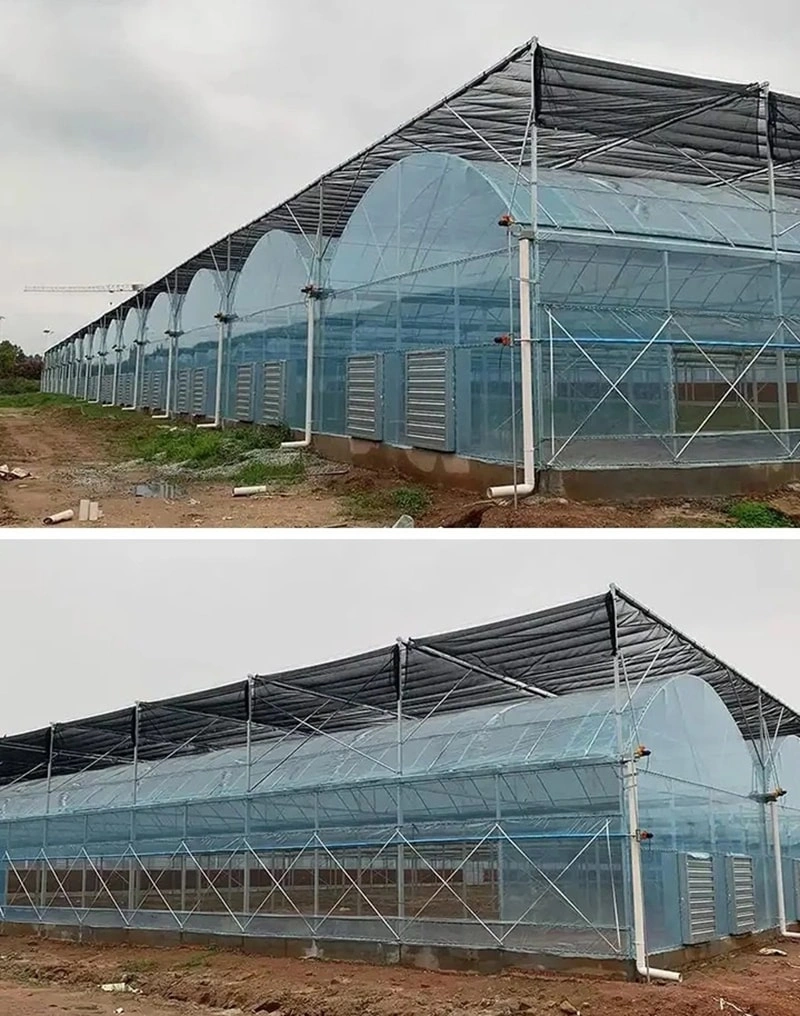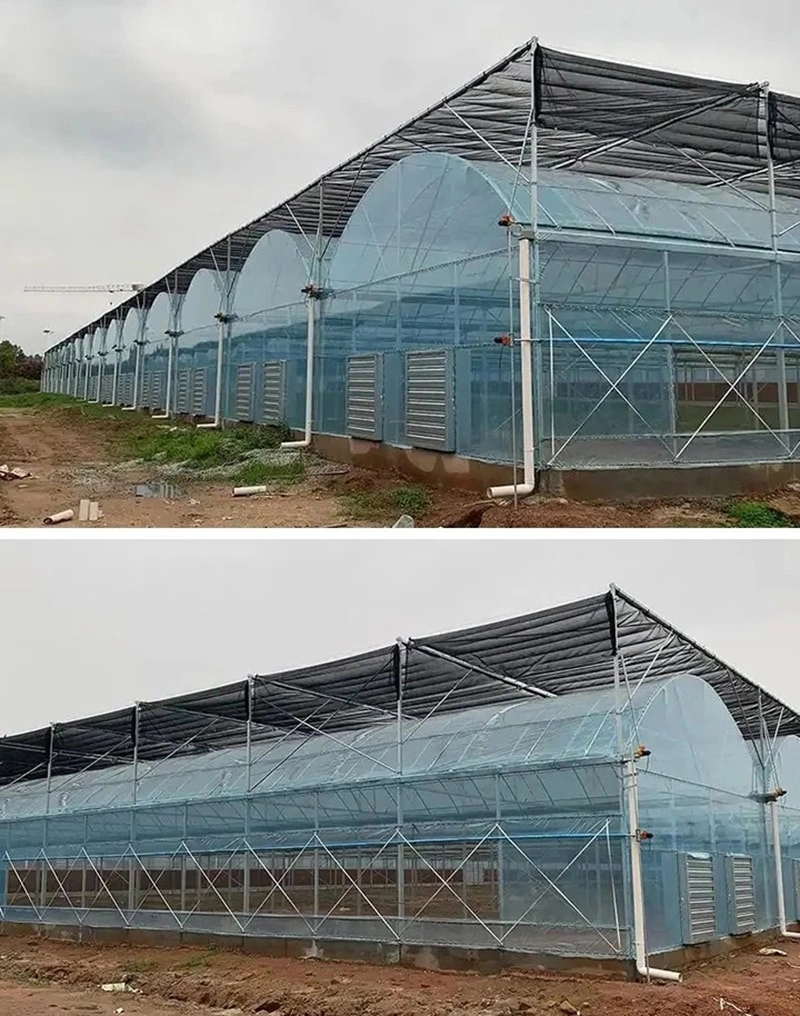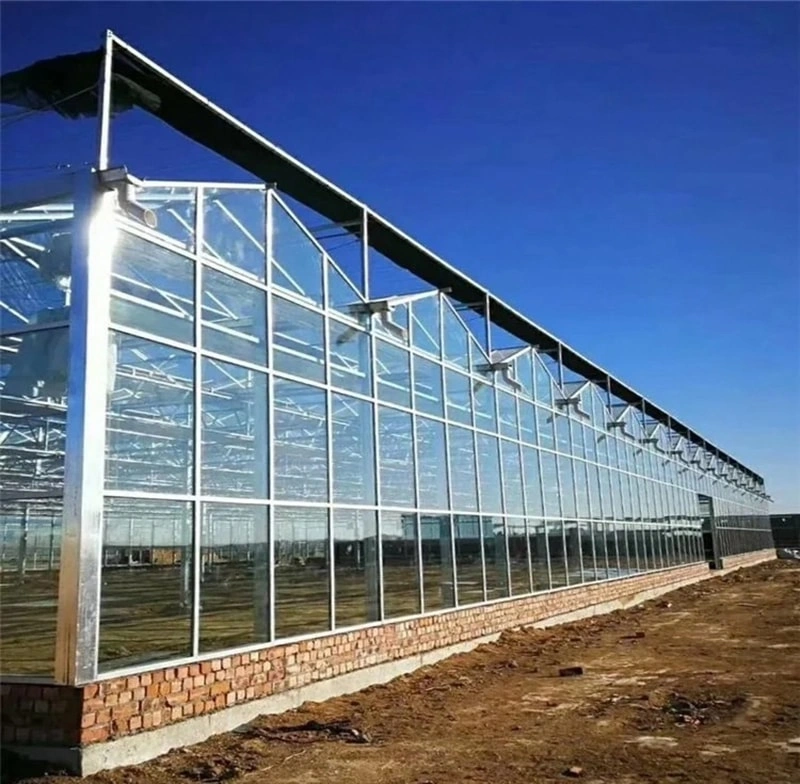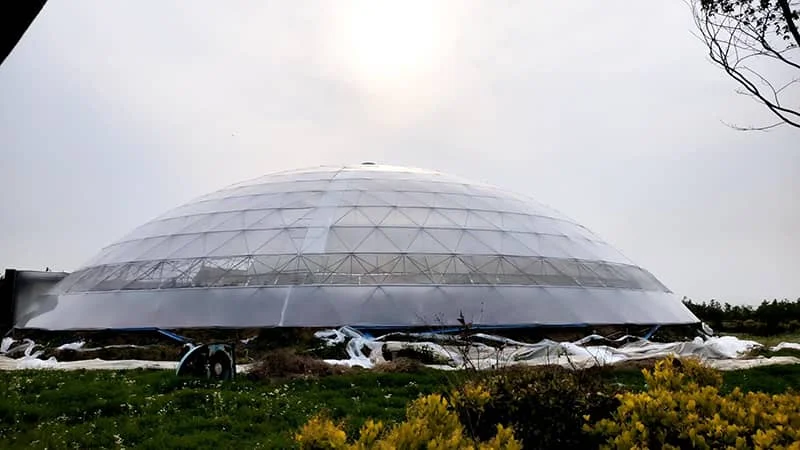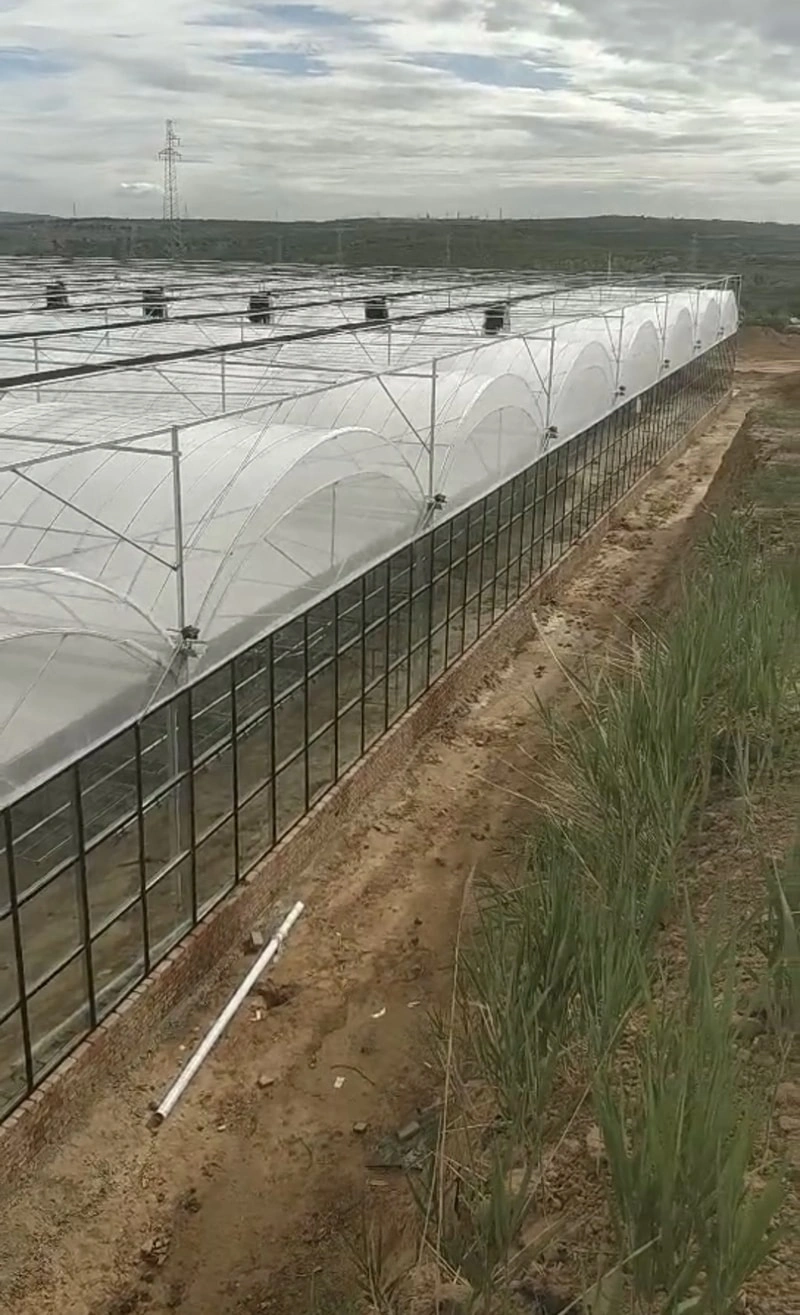Building a Successful Greenhouse Project: Design, Types, and Applications
A greenhouse project is an essential undertaking for modern agriculture, horticulture, and educational purposes. Whether intended for commercial farming, residential gardening, school-based learning, or hobbyist cultivation, the construction and design of greenhouses must be tailored to the specific goals of the user. In recent years, innovations in greenhouse horticulture have transformed these structures into efficient, scalable systems that optimize plant growth and resource use.
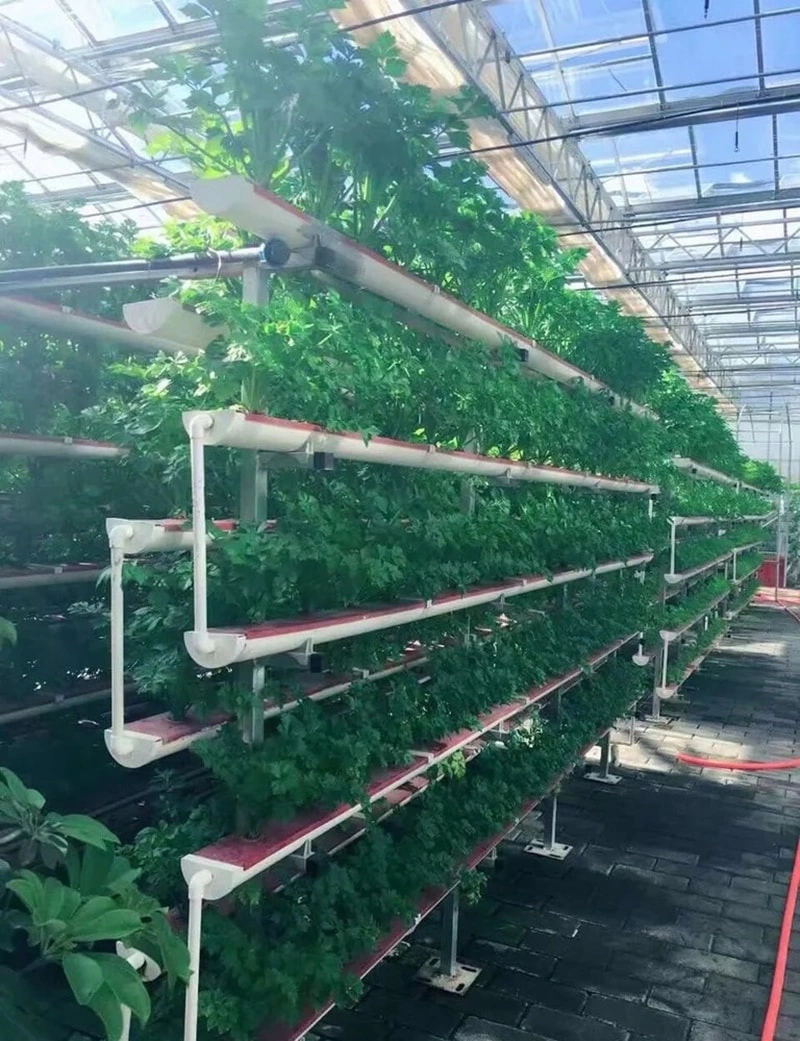
1. Purpose-Driven Greenhouse Construction
Greenhouses serve various functions:
Commercial farms use large-scale greenhouses for year-round vegetable, fruit, and flower production.
Hobbyists and residential gardeners utilize smaller greenhouses to extend growing seasons or cultivate specialty plants.
Schools incorporate greenhouses into STEM education programs to teach students about biology, sustainability, and food systems.
Each of these applications requires a customized approach to construction, environment control, and layout.
2. Greenhouse Design Considerations
A successful greenhouse project begins with thoughtful design. The structural design of modern greenhouses emphasizes durability, energy efficiency, and climate adaptability. Key factors include:
Location and orientation: Maximize sunlight exposure while minimizing wind stress.
Materials: Frames made from galvanized steel or aluminum and coverings such as polycarbonate, polyethylene, or glass.
Ventilation and temperature control: Essential for maintaining an ideal growing climate.
Automation systems: Irrigation, shading, and climate control can be digitally monitored and adjusted.
A Greenhouse Design and Construction Worksheet is often used to plan dimensions, ventilation methods, irrigation needs, and structural components before building.
3. Types of Greenhouses
There are two main structural types of greenhouses used in professional and amateur contexts:
Single-Span Greenhouses: These are standalone structures ideal for smaller spaces. They are easier and less costly to construct but may have limited scalability.
Multi-Span Greenhouses: Also known as connected or gutter-connected greenhouses, these are designed for larger-scale commercial production. They offer better space utilization, improved climate control, and are often used in large agricultural enterprises.
Both types can be adapted for various purposes—whether growing herbs in a school garden or producing thousands of tomato plants on a commercial farm.
4. Modern Trends in Greenhouse Horticulture
The evolution of greenhouse horticulture focuses on sustainability and technology integration. Controlled environment agriculture (CEA) techniques allow growers to fine-tune temperature, humidity, CO₂ levels, and lighting. This results in higher yields, faster growth, and better quality crops—all with reduced environmental impact.
Hydroponics, aquaponics, and vertical farming methods are increasingly being used in commercial greenhouse projects to maximize efficiency and reduce water and soil dependency.
Conclusion
From a modest backyard setup to a fully automated commercial farm, a well-executed greenhouse project can revolutionize how we grow and learn about plants. By understanding the various types, purposes, and design principles of greenhouses, growers can create customized environments that promote healthy, sustainable plant growth in any context.







